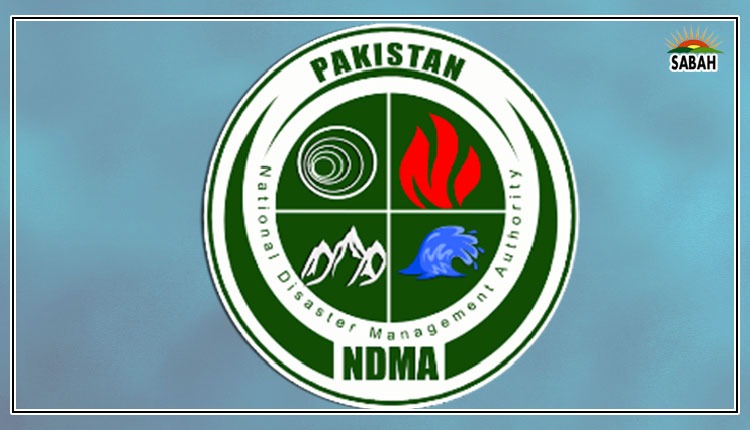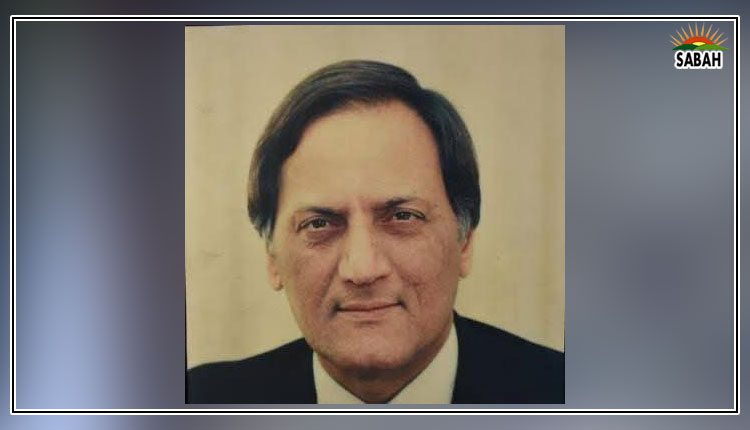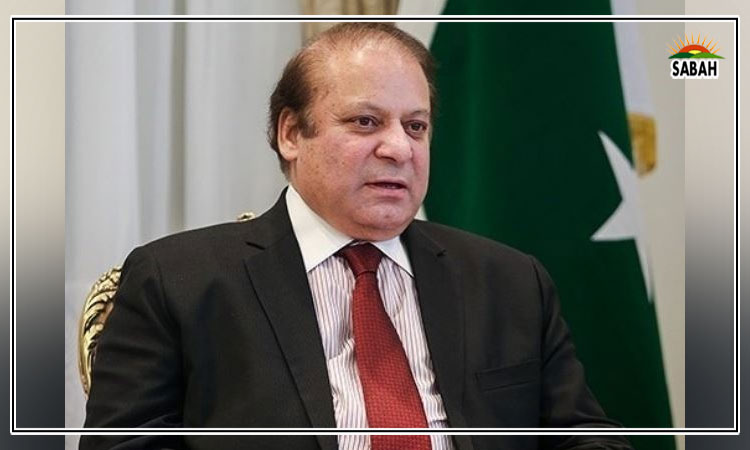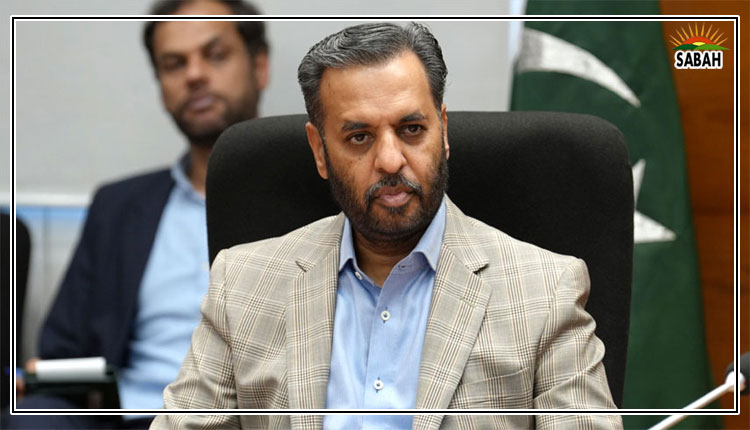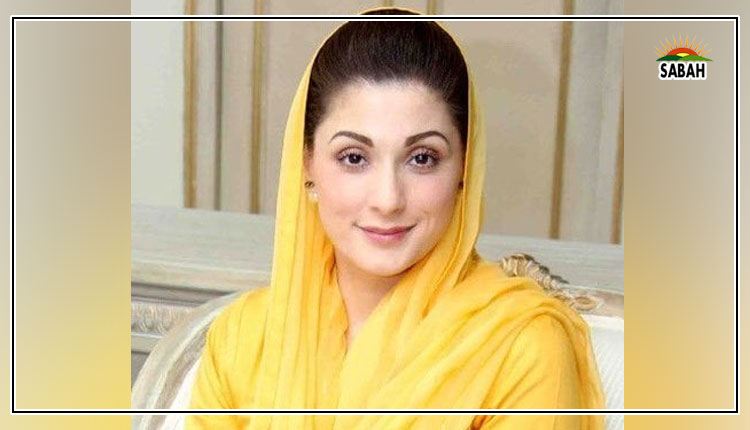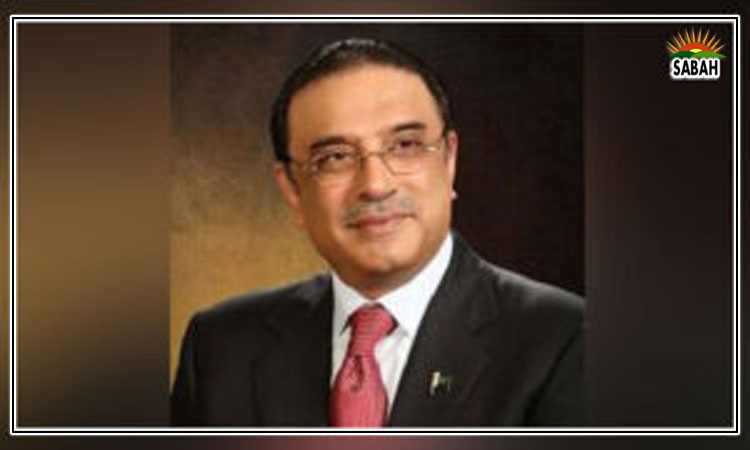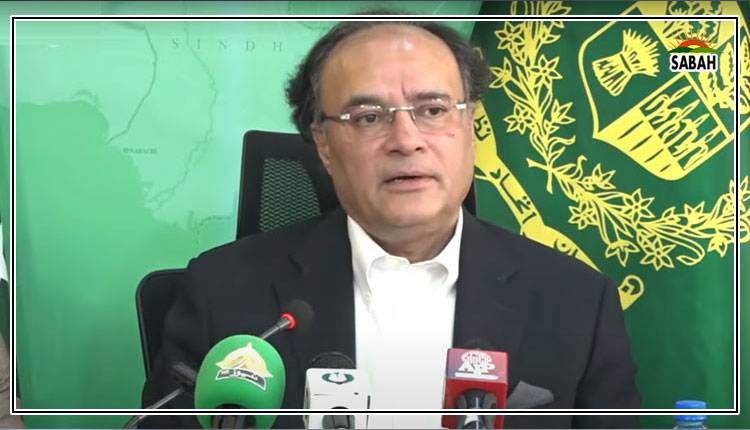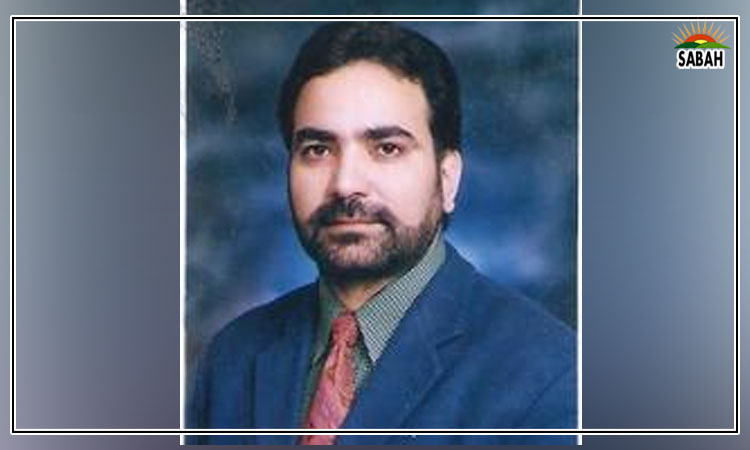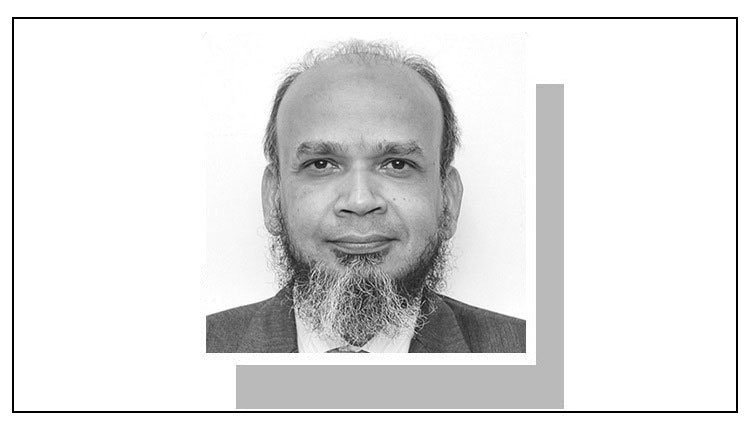Poverty and stagflation…Riaz Riazuddin
THE most noble actions of humankind are quite simple to prescribe but extremely hard to act upon. These are to feed the hungry, cloth the destitute, support the orphan and help the needy. The ascent of man, therefore, lies in the eradication of poverty, whichthat encompasses all such acts. Yet eradicating poverty is difficult because we do not have the courage and the patience of the likes of Abdul Sattar Edhi and Mother Teresa, who spent their entire life helping the needy and empowering them to live with dignity.
Poverty is rising in this current period of stagflation, with inflation over 30 per cent, growth crashing, and unemployment rising fast. People who were not poor a year ago but close to the poverty line are becoming poor. These include low-income households. The budgets of middle-income households, too, are being squeezed each day. The level of the misery index (the sum of the rates of inflation and unemployment) has risen from 15.2 to 36.8, the highest ever in Pakistans history, even if we assume that the current unemployment rate since FY21 (6.3pc) has not changed.
Pakistans poverty headcount ratio, defined as the proportion of population living below the national poverty line, was 21.9pc in FY19. Although later estimates are not available, the poverty count must have increased during the Covid-19 pandemic. It probably declined in FY21-22 because of good growth and the commendable handling of the pandemic, before rising again in FY23 due to the floods, high inflation and the declining output of large-scale manufacturing. While estimated figures for the poverty headcount are not known, they must be rising due to stagflation. Readers should note that the national poverty line was based on the cost of a fixed basket of basic needs estimated at Rs3,757.85 per adult per month according to FY19 rates. This cost changes every year due to inflation and it would be much higher for FY23.
The international poverty line is different from the national poverty line, and was defined as dollar-a-day in terms of 1985 purchasing power parity prices. At that time, it was close to $370 per person per year, roughly equal to $1 per day. Currently, the international poverty line is set at $2.15 per person per day at 2017 PPP prices. There are other international poverty lines as well: lower middle-income poverty ($3.65 in terms of 2017 PPP prices) and upper middle-income poverty ($6.85 in 2017). International poverty lines make comparisons between different countries possible.
We need policies that can reduce poverty in the short, medium and long term.
The poverty headcount ratio in Pakistan under the international poverty line was 4.9pc of the population in FY19, according to the World Bank. It increased to 5.6pc in FY20 and then declined to 4.7pc and 3.9pc in FY21 and FY22. Lower middle-income poverty rates during these years (FY19 to FY22) were 39.8pc, 42pc, 39.1pc and 36.4pc for the population. Upper middle-income poverty rates stood at 84.5pc, 85.5pc, 84.1pc, and 82.9pc for the population. This means that 3.9pc of Pakistanis in FY22 were living on less than $2.15 per day, 36.4pc on less than $3.65, and 82.9pc on less than $6.85 a day at 2017 prices. These poverty lines were equivalent to $1 a day, $2 a day, and $3 a day at 1985 prices.
Although reducing or eradicating poverty is far more important than measuring poverty, monitoring the poverty situation is also essential for the attainment of poverty goals. The first of the UNs 17 Sustainable Development Goals is eradicating extreme poverty for all people everywhere [no poverty] by 2030. Pakistans progress on SDG1 has been steady, despite a setback in FY20 due to Covid-19. The risk to steadiness lies in the current stagflation.
What policies are needed to revive a steady decline in poverty? We need policies that can reduce poverty in the short and medium term as well as in the long term. Short-term policies are focused on identifying the poor so that cash can be transferred unconditionally to poor households for meeting immediate essential needs (mainly food). Medium- and long-term policies include conditional cash transfers that empower poor household members to acquire education and vocational skills to become part of the labour force or supplement their income if they are already employed in low-paying jobs. Prudent macroeconomic management is also part of medium-term policies to keep inflation under check and sustain growth and employment.
Both government and private sectors contribute towards alleviating poverty. The Benazir Income Support Programme and the Ehsaas Emergency Cash Programme run by the government go a long way in reducing extreme poverty. These are based on unconditional cash transfers to supplement the income of targeted poor households. BISP also implements conditional cash transfers for primary education support for empowering poor households. The Pakistan Poverty Alleviation Fund is also running conditional cash transfer programmes, with a presence in 147 districts countrywide. PPAF seeks to reduce dependence on social protection, helping families incrementally move from consumption support to asset transfers, to interest-free loans, and to microfinance.
Private philanthropy in Pakistan also contributes to poverty alleviation significantly. According to the Pakistan Giving Report 2021 prepared by the Pakistan Centre for Philanthropy, eight out of 10 Pakistanis helped the poor or gave charity during the year. An adult on average spent Rs10,000 a year on charitable giving. Despite sizeable charity activities, Pakistan is close to the bottom of world philanthropy with a ranking of 107 out of 119 countries covered in the World Giving Index 2022 prepared by the Charity Aid Foundation UK. According to this index, Indonesia is the most philanthropic country in the world. Researchers on philanthropy should explore why Pakistan is lagging behind other countries in philanthropic endeavours.
Eradication of poverty requires an appropriate mix, including periodic cash transfers to poor households, to address short-term needs and support for enhancing the capabilities of poor households so that they can come out of poverty in the medium to long term.
The writer is a former deputy governor of the State Bank of Pakistan.
rriazuddin@gmail.com
Courtesy Dawn, April 1st, 2023


